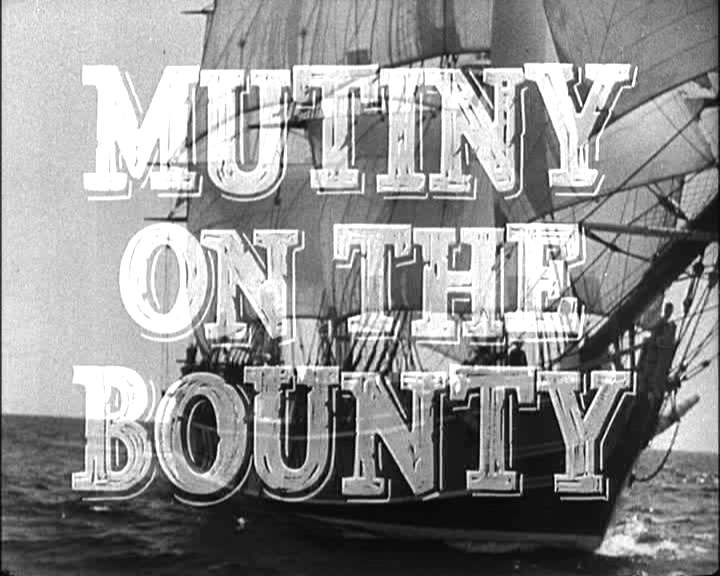Bounty is a highly evocative word, especially as we mark the steep descent to Thanksgiving and see the looming holidays rise in stark relief. It can mean richness, sufficiency, having more than one needs. It means there’s enough to share, enough to give away, enough to set some aside, enough to pace oneself. “Go ahead and take some, I’ve got plenty” or “That’s enough fish for one day, son, we can come back and catch more tomorrow”. Bounty means freely given or giving freely.
Bounty also has another meaning. As in “Bounty Hunter”. The state pays citizens for the death of an undesirable thing, ridding the commonwealth of a threat or a nuisance. Early days in the Wild West offered a bounty for criminals when the government was too young or too overwhelmed to catch lawbreakers themselves. Bounty hunters are pictured often as ruthless, loathsome, frightening characters. Usually their only alliance is to the dollar they seek and they left the niceties of society long ago. Every once in a while it is probably true to say that they are a little romanticized: a grizzled Clint Eastwood character relying on no one for help and handling the problem themselves for a fistful of dollars.
12.50 a tail, to be exact.
The bounty is $12.50 per tail individually wrapped in clear plastic and frozen until collection day. Landowners may trap the beavers themselves or use the services of a trapper. Bimonthly collection days will be scheduled beginning in January.
Remind me not to have a glass of iced tea when I visit friends in Alcorn, Mississippi. Their freezers will be stuffed with beaver tails until the collection days and god knows what else after that. Let’s just hope little Jimmy doesn’t mistake his popsicle. Apparently the bounty is a cheap way to get beaver problems to take care of themselves.
Last year’s demonstration program was considered a success with 126 landowners participating and 605 beavers eliminated on more than 9,200 acres
Now that’s a deal! A mere 7500 dollars to get rid of 602 beavers! That means landowners killed around 5 beavers each and made a cool 60 bucks for their effort. Heck that almost pays for the freezer space and the electric bill to keep it going! I guess it really isn’t very lucrative, but it takes care of a problem and it gets the kids outdoors. Maybe the families all gather around while Pa cuts off the tail. Wonder what they do with the rest of the beaver? I guess I probably shouldn’t ask.
I read an article this weekend on the troublesome beavers of Saskatchewan, Canada, where adoption of a beaver bounty was narrowly rejected. The agriculture minister was bemoaning the population rise and saying that this was unfortunately because “No one was trapping anymore”. (There are apparently three websites for trappers associations in Saskatchewan, but maybe that doesn’t matter.)
“If fur prices were a little higher it’d solve our problem on the coyote side and the beaver side,” Bjornerud said. “They’re not worth much right now and that’s our biggest problem.”
Ah, no, Mr. Bjornerud. I really don’t think that’s your biggest problem. I would rate your lack of imagination, your knee-jerk problem-solving skills and your failure to think humanely as three bigger problems that spring immediately to mind. Not to mention the complete ecological blind spot your vision is shadowed by when you fail to think about the trickle down effect all that beaver killing will have on your entire region. Well, why bother thinking ahead and planning for solutions that will take care of your farmlands and your watershed? You can always blame it on the rodent.
I can think of only one fitting response to these tail-paying plans.








































